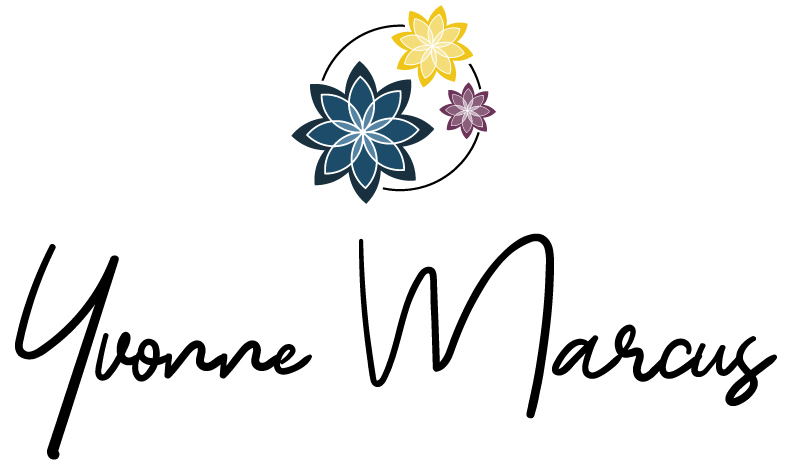What is a user story?
A user story is a short description of a feature or project told from the perspective of the person who desires the new feature or project. They typically follow this simple format.
As a, [member of family], I want [some goal] so that [some reason].
In the world of software development, these are often done on some sort of index card or sticky note so that they can be displayed or moved around. In our house, we do these orally and write them on the whiteboard for easy display. I actually have whiteboard magnets on my wishlist this year so that I can make them easily moveable for the prioritization of tasks.
Can you show some user story examples?
First, I’d like to talk about how user stories help you. They take the accusations out of things. You aren’t blaming anyone for the task not being completed. Then, you are addressing your concerns from your point of view [POV] because you need the project completed for your own reasons.
Second, you are going to use user stories to help prioritize the tasks on your backlog. If you have a strong desire for a task to move up on the backlog then you’ll want to present a strong argument here.
Third, you will be prioritizing things based on needs and wants but everything that isn’t being addressed in this sprint should go on the backlog.
Now, I’ll tell you a few examples of a user story.
As the mom, I want to be able to wash, dry, and fold laundry on X day so that I am not doing laundry every single day of my life.
As the handy dad, I’d love to be able to create a maker space in part of the office so that I can enjoy my self-care time working on projects that give me joy.
As the son, I desire quiet time to myself away from everyone so that I can reflect on my day and reset my body.
As the daughter, I desire something other than muffins for breakfast at least 3 days/week so that I don’t get tired of eating the same thing over and over again.
Everyone has presented their desired projects or needs for the sprint. You can now look at your backlog and prioritize these accordingly. The quiet time for the son and additional breakfast options for the daughter and probably be addressed with relative ease and not much change so they should be added to this sprint with follow up questions.
What does that quiet time look like to you? What other options would you like for breakfast?
The mom and dad have slightly more complex. There should be more follow up conversation. What is mom’s bottleneck? Where are the clothes living? Where should the hamper be so that everyone puts their clothes in it when they’re finished wearing them? Do we have time to create a minimum viable maker space on this sprint or will it have to wait till the next one? If it has to wait, how long should it wait?
These are how you create user stories and the follow-up conversation is exactly what you’re looking for from them. It’s all about getting the prioritization done quickly but also to what you actually value the most.
What’s on the top of your backlog now?


Recent Comments